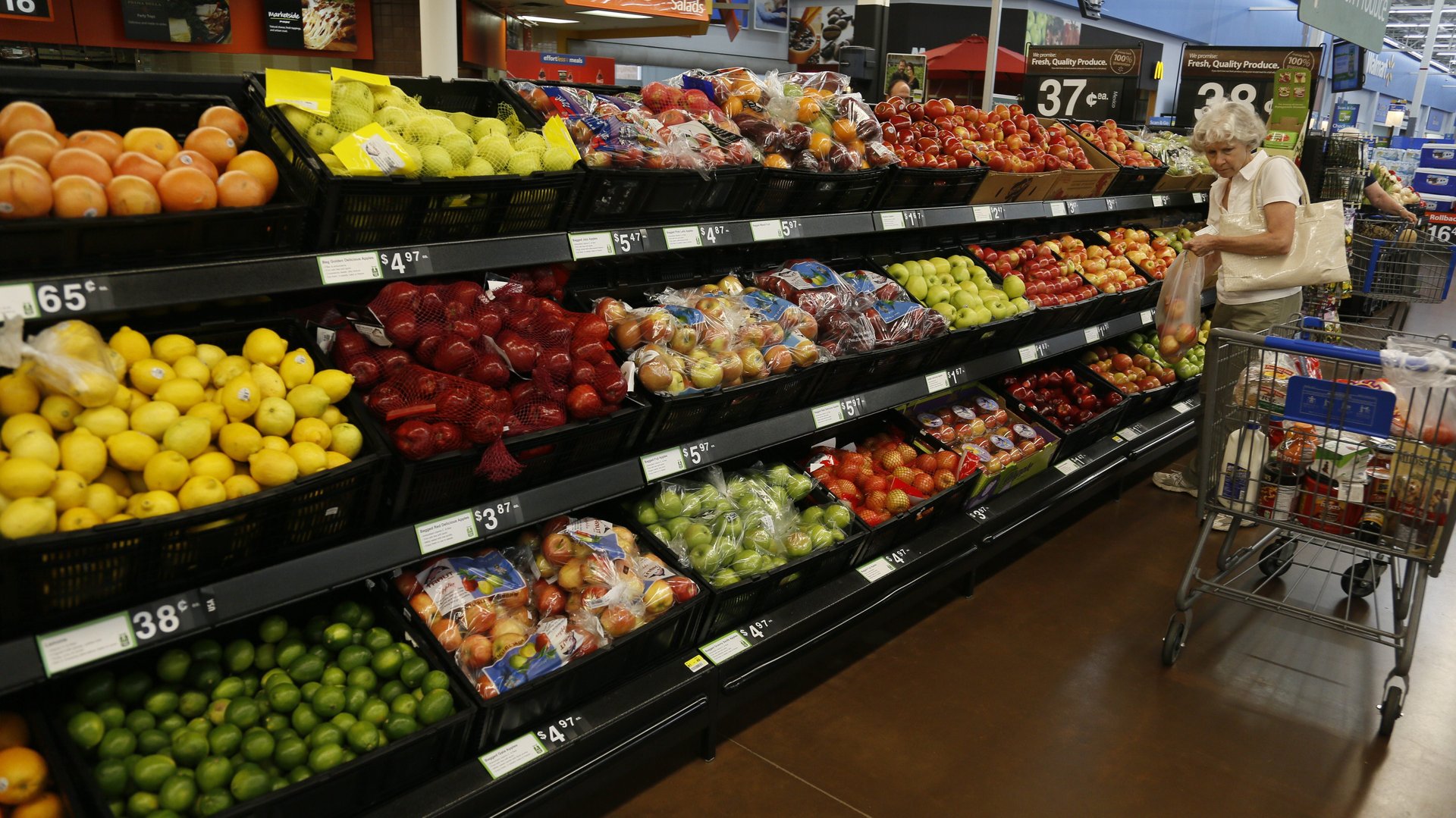Antibiotic abuse is on track to kill more people than cancer and diabetes. Can food help?
England’s Chief Medical Officer Dame Sally Davies recently made headlines around the world when she again warned of an impending “post-antibiotic apocalypse.” Sounding no less disastrous, the World Health Organization has said that we’re “heading towards a post-antibiotic era, in which many common infections will no longer have a cure and [will] once again kill unabated.” How have we arrived here? And how can we protect ourselves while researchers race to find alternatives to antibiotics and new classes of bacteria-busting drugs?


England’s Chief Medical Officer Dame Sally Davies recently made headlines around the world when she again warned of an impending “post-antibiotic apocalypse.” Sounding no less disastrous, the World Health Organization has said that we’re “heading towards a post-antibiotic era, in which many common infections will no longer have a cure and [will] once again kill unabated.” How have we arrived here? And how can we protect ourselves while researchers race to find alternatives to antibiotics and new classes of bacteria-busting drugs?
For nearly a century, antibiotics have been overprescribed, under-regulated and misunderstood. Because of all the good they have done treating infectious diseases around the world, we, as doctors and as a society at-large, became excessively reliant on them to treat everything from acne to tuberculosis, pneumonia to urinary tract infections (UTIs) to gonorrhea. Antibiotics are also widely used for preterm babies and to support the immune system before and after surgeries, cancer treatments and organ transplants. Antimicrobial resistance (AMR) is nothing new—the father of antibiotics, Sir Walter Fleming, even warned of it in his Nobel Prize winner’s lecture—but it is accelerating. And while scientists were once constantly introducing new antibiotics to replace the ineffective ones, we are now decades behind in discovering and deploying new antibiotics.
In the meantime, more deadly bacteria grow resistant to the available antibiotics. “Nightmare bacteria” or “superbugs” have emerged, with a major report by economist Jim O’Neill last year finding that by 2050 more than 10 million people could die annually from AMR (as many people as die from cancer and diabetes combined). According to the Centers for Disease Control and Prevention, each year at least 2 million people in the U.S. become infected with bacteria that have become resistant to antibiotics, and at least 23,000 deaths can be attributed to AMR.
Yet, people seldom talk of AMR with the frequency or urgency that they do when speaking of cancer or diabetes. The problem, says Davies, is that “[AMR] does not really have a ‘face’ because most people who die of drug-resistant infections, their families just think they died of an uncontrolled infection. It will only get worse unless we take strong action everywhere across the globe. We need some real work on the ground to make a difference or we risk the end of modern medicine.”
To make radical progress, countries must find ways to bridge the efforts of researchers and doctors, of academia and industry. This week, the World Health Organization is hosting Antibiotics Awareness Week (Nov. 13-19), and organizations, corporations and countries around the world have stepped up to help make strides with both AMR awareness and research. In England, Public Health England has launched an awareness campaign starring singing and dancing antibiotic capsules. In Japan, the health ministry is using anime characters to rouse interest in its AMR campaign.
A common denominator in these and other campaigns is consumer empowerment. As more people learn the dangers of taking antibiotics unless they’re absolutely necessary, they are looking for other ways to prevent and treat infections. The WHO recommends regularly washing hands, preparing food hygienically, avoiding close contact with sick people, practicing safe sex and keeping vaccinations up to date.
Consumers are also taking a nutritional approach to reduce antibiotic use, exploring the antibacterial properties of superfoods like grapefruit seed extract, apple cider vinegar, extra virgin coconut oil and cranberries. The latter has been particularly well-researched. In one landmark UTI clinical trial, The American Journal of Clinical Nutrition found that a daily glass of cranberry juice reduced the number of symptomatic UTIs by nearly 40% in women with recurrent UTIs. During the six-month study, the 185 participants avoided about 30 courses of antibiotics.
To build on this and other research that shows that consuming cranberry juice daily can be a nutritional approach to preventing UTIs—the second most common infection treated by antibiotics—Ocean Spray has announced that it will invest $10 million over the next five years on cranberry health research. Cranberries have also been shown to help suppress the bacteria that cause stomach ulcers and to reduce activity of cavity-forming bacteria in the mouth.
In both humans and animals, scientists have further evaluated dietary alternatives to antibiotics that include probiotics, prebiotics, saccharides, starch and fiber, organic acids, botanicals, yeast, copper and zinc. In his new book “Mind Over Meds,” Dr. Andrew Weil recommends botanicals such as astragalus, echinacea and elderberry as well as medicinal mushrooms (turkey tail, reishi, maitake and shiitake).
While we await the next great innovation in infectious disease and potentially deadly strains of bacteria continue to gain ground, we should remember that food is medicine and as worthy of study as medicine itself. Within our food, there may lie a promise of prevention.